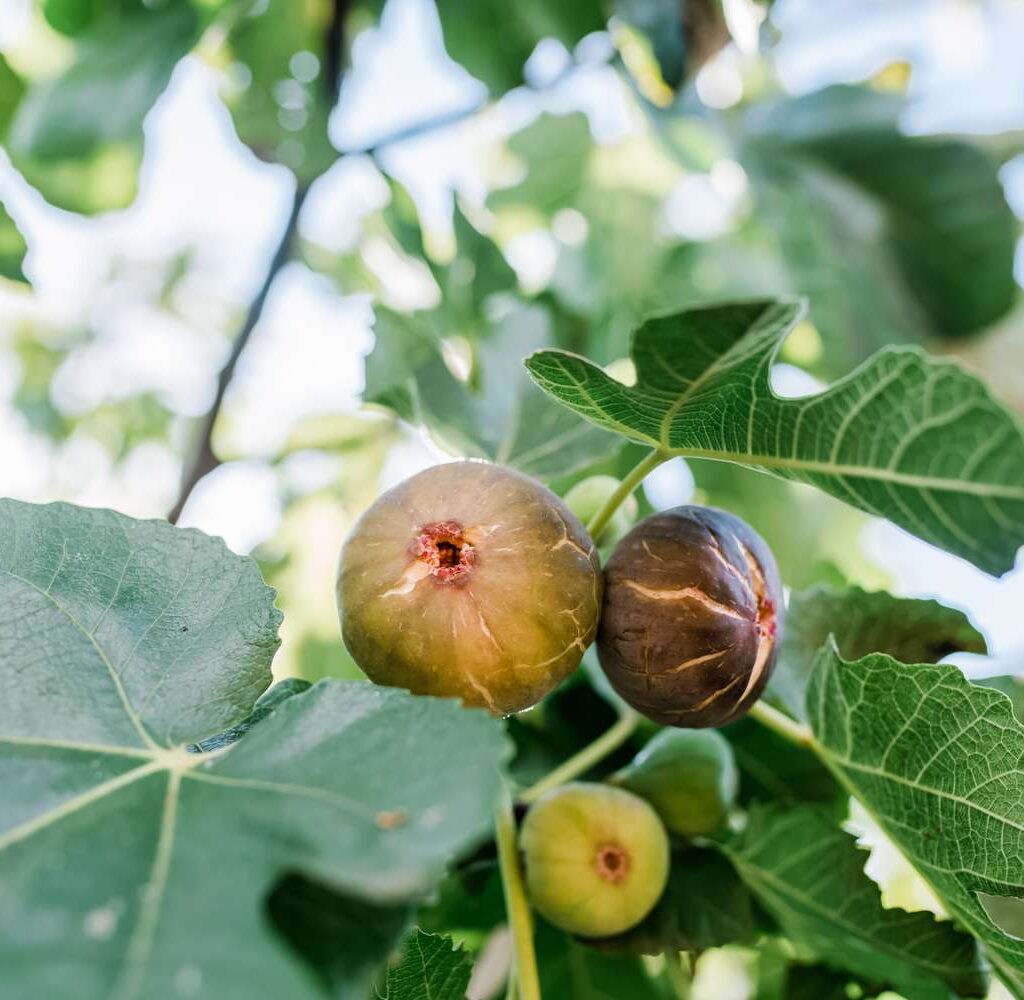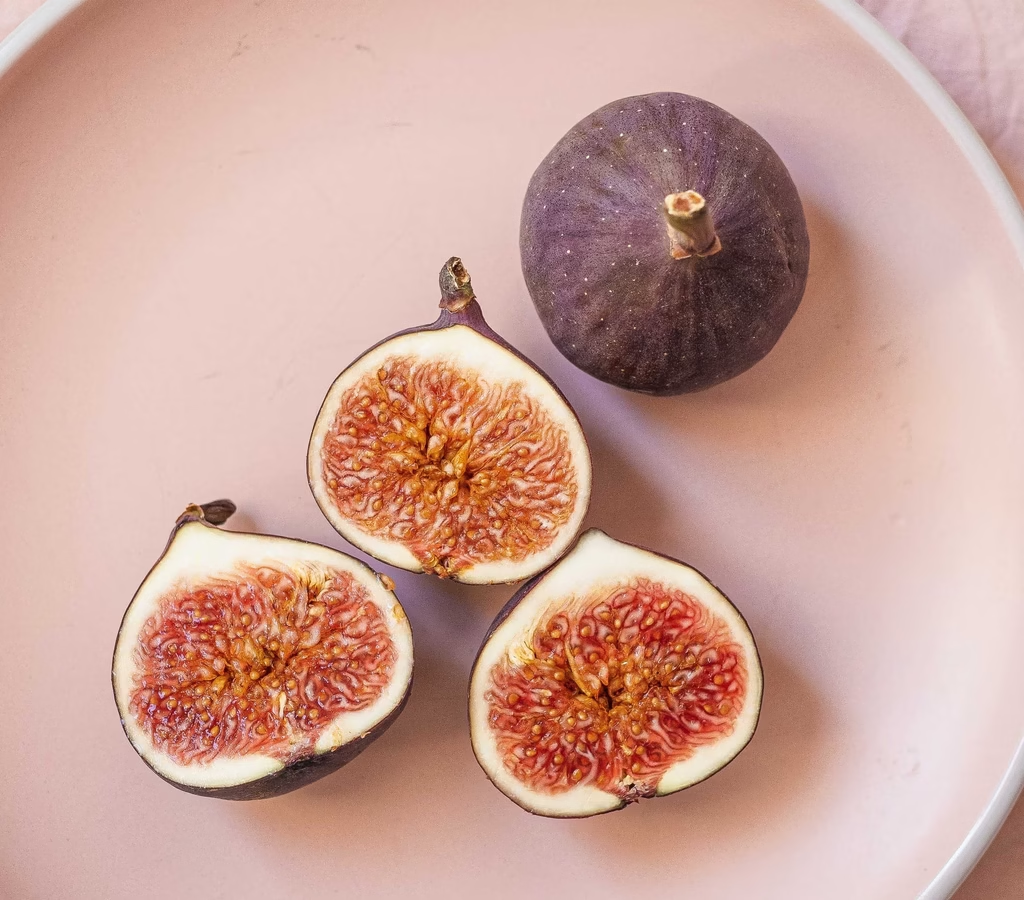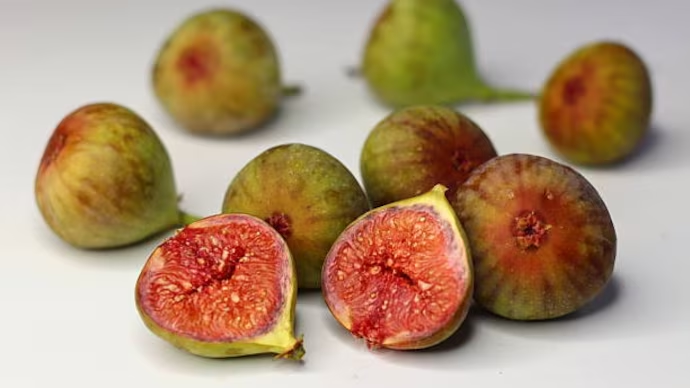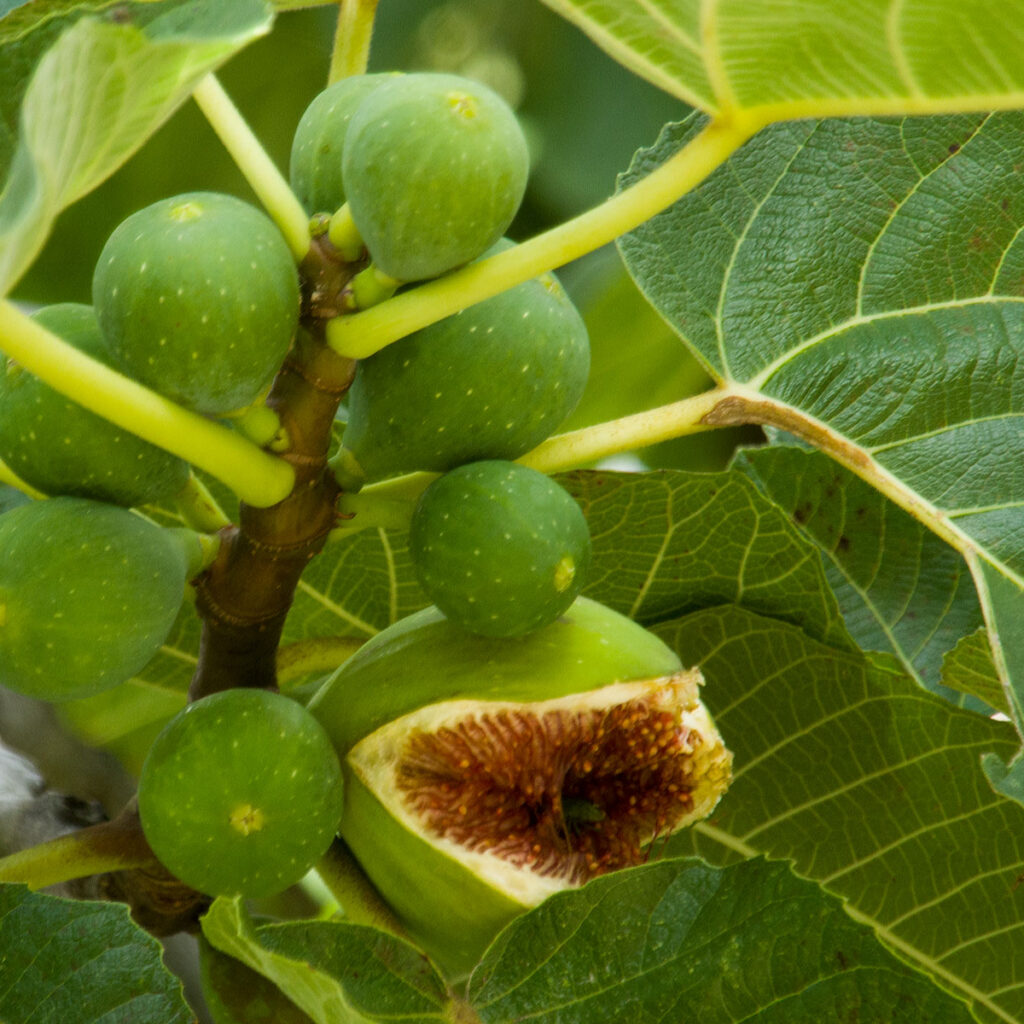Figs, often dubbed the “fruit of the gods,” have been cherished for millennia for their sweet, complex flavor, soft texture, and remarkable nutritional profile. Originally native to the Middle East and western Asia, figs have long been cultivated in warm, dry regions across the Mediterranean, the Middle East, and parts of Asia. In today’s globalized market, figs are enjoyed fresh, dried, or processed into a variety of products ranging from jams and syrups to health snacks and culinary specialties.
But when it comes to international trade, which country stands at the top as the largest fig exporter in the world? The clear and undisputed leader is Turkey.
In this article, we’ll take a detailed look at Turkey’s dominance in the fig export market, examine other key exporters, explore the global trade trends driving this industry, and review the challenges and opportunities shaping the future of the fig trade.
The Global Demand for Figs

Figs are not only a delicacy but also a nutritional powerhouse. Packed with fiber, antioxidants, calcium, iron, and essential vitamins, figs are in high demand among health-conscious consumers. The rising popularity of Mediterranean diets and plant-based eating trends has further elevated figs’ status as a global superfood.
The global fig market is divided into two main categories:
- Fresh figs — highly perishable but valued for their natural sweetness and texture.
- Dried figs — longer-lasting, convenient, and widely used in culinary and health food applications.
Global fig production surpasses 1.3 million metric tons annually, with a significant portion destined for international markets.
Turkey: The World’s Largest Fig Exporter
Key Statistics:
- Turkey accounts for approximately 45–50% of the global fig export volume.
- In 2023, Turkey exported over 70,000 metric tons of dried and fresh figs.
- The total export value reached approximately USD 340 million.
- Major export destinations include Germany, France, the USA, Italy, China, and Canada.
Turkey’s success in the fig export market is no accident — it is the result of centuries of fig cultivation tradition, ideal growing conditions, and a highly organized production and export system.
Why Turkey Leads the Global Fig Market

Ideal Agro-Climatic Conditions
Turkey’s Aegean region, particularly around the city of Aydın, is famously known as the “capital of figs.” The region’s Mediterranean climate — characterized by hot, dry summers and mild, wet winters — is perfect for cultivating figs, especially the prized Sarılop variety, known globally for its sweetness and drying qualities.
Rich Fig-Growing Tradition
Turkey has cultivated figs for thousands of years. Generations of farmers have perfected techniques for growing, harvesting, sun-drying, and packaging figs to maintain their flavor, texture, and shelf life.
Specialization in Dried Figs
While many countries focus on fresh fig production, Turkey is the world’s largest producer and exporter of dried figs, accounting for about 70% of the global dried fig trade. Dried figs are preferred for export due to their long shelf life and ease of transport.
Advanced Export Infrastructure
Turkey benefits from modern infrastructure, efficient ports (like Izmir and Mersin), and a robust cold chain system. Additionally, Turkish fig exporters comply with stringent international quality standards, making their produce highly competitive in global markets.
Strategic Geographic Location
Situated at the crossroads of Europe, Asia, and the Middle East, Turkey has easy access to major international markets, reducing transportation times and costs.
Other Major Fig Exporters
While Turkey dominates the fig export market, several other countries play important roles:
| Country | Annual Export Volume | Key Markets |
|---|---|---|
| Afghanistan | 20,000–25,000 tons | Middle East, India |
| Iran | 15,000–20,000 tons | UAE, Europe |
| Spain | 12,000–15,000 tons | Europe |
| United States | 10,000–12,000 tons | North America, Asia |
| Greece, Italy, and France | Smaller volumes | EU markets |
These countries collectively contribute to the remaining 50% of global fig exports, primarily in fresh and specialty fig segments.
Global Fig Trade Trends

The international fig market has experienced steady growth in recent years, driven by several factors:
Rising Health Awareness
The growing global emphasis on health and wellness has led to increased consumption of nutrient-rich, natural foods. Dried figs, being high in fiber, antioxidants, and minerals, are in high demand as a healthy snack.
Culinary Popularity
Figs feature prominently in Mediterranean, Middle Eastern, and gourmet Western cuisines. From salads and desserts to savory dishes and baked goods, figs are a sought-after ingredient in restaurants and homes alike.
Expansion of Export Markets
Countries like China, South Korea, and Canada have emerged as promising markets for fig exporters, alongside traditional markets in Europe, the USA, and the Middle East.
Growth in Packaged and Value-Added Products
There’s increasing demand for fig-based products like:
- Dried fig snacks
- Fig jams and spreads
- Fig syrups and concentrates
- Organic and sugar-free fig products
Challenges in the Global Fig Export Market

Despite the optimistic growth outlook, the fig export industry faces some challenges:
Perishability
Fresh figs are highly perishable, with a shelf life of just a few days. This limits their exportability over long distances without specialized storage and transport.
Climate Sensitivity
Fig trees are vulnerable to droughts, frosts, and unseasonal rains, which can impact both yields and quality.
Trade Regulations
Different countries impose varied phytosanitary regulations, labeling requirements, and import duties that exporters must navigate carefully.
Market Competition
While Turkey leads comfortably, increasing competition from countries like Iran, Afghanistan, and Spain—especially in organic and premium segments—poses a potential challenge in certain markets.
The Future of Global Fig Exports

The global fig trade is poised for steady growth over the next decade, thanks to:
- Growing demand for plant-based and health-focused foods
- Expansion of organic product lines
- Emergence of new markets in East Asia and North America
- Increased awareness of Mediterranean diets and exotic fruits
Turkey is expected to maintain its dominant position, backed by its unparalleled production scale, processing expertise, and strategic trade partnerships.
Final Verdict
To answer the core question:
Which country is the largest fig exporter in the world?
The definitive answer is Turkey.
With its optimal climate, centuries-old fig-growing tradition, advanced drying techniques, modern export infrastructure, and strategic location, Turkey accounts for nearly half of the world’s fig exports, especially dominating the dried fig market.
As global demand for figs continues to rise, Turkey’s position as the market leader appears secure, with exciting prospects in health food, gourmet cuisine, and international retail markets.
Key Takeaways
- Largest Fig Exporter: Turkey
- Main Export Products: Dried figs (70% of global trade), fresh figs
- Top Markets: Germany, France, USA, Italy, China, Canada
- Future Outlook: Positive growth driven by health trends, new markets, and value-added products



